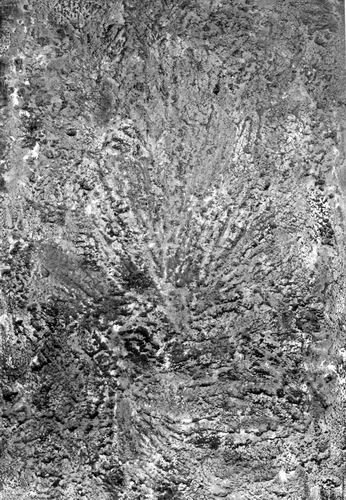
Explosion
Department of Art after 1800
| Artist | |
|---|---|
| Culture | Austrian |
| Date | 1863 |
| Object type | painting |
| Medium, technique | oil on wood |
| Dimensions | 65.5 x 52.5 cm |
| Inventory number | 378.B |
| Collection | Department of Art after 1800 |
| On view | This artwork is not on display |
Waldmüller was one of the foremost Austrian masters of the Biedermeier period and the entire nineteenth century. Initially he earned himself success in aristocratic circles mainly with his portraits, but later he was at the forefront of practically every important genre of the Biedermeier. In 1829 he was appointed curator of the collection of paintings at the Academy of Fine Arts in Vienna and then also as a member of its council. He increasingly expressed his discontent in regard to the teaching method based on copying the old masters. He gave preference to studying nature and firmly believed that direct observation forms the basis of painting. His views about art education brought him into conflict with the leaders of the academy and in 1857 his membership was suspended. Since he also lost his commissions, he lived the last decade of his life in poverty. The emperor rehabilitated him in 1864, enabling him to return to the artistic circles of Vienna not long before his death.
Thanks to the meticulous study of nature that formed the basis of his paintings, the exact description of the human face as well as the detailed and subtle rendition of draperies, Waldmüller exerted an influence upon an entire generation of artists. He advocated painting in the open air already in the late 1820s, which makes him a forerunner of sunny plein air landscape painting. At the end of his career he elevated genre painting to new heights. During this time, he combined historical and religious elements with social criticism, attesting to his sensitivity to societal issues. Based on the accurately recorded elements of the setting depicted in The Beggar Boy from Magdalenengrund in Vienna, which the master painted in the last period of his life, the location can be easily determined. Magdalenengrund was a poor, outlying quarter in Vienna in the mid-nineteenth century, i.e. today’s Mariahilf. Behind the wooden railings is a statue of Saint John of Nepomuk, and the dome of the Karlskirche rises in the distance. In this period Waldmüller often drew a parallel between the tribulations of children and women and suffering in Christianity. The self-sacrifice of the beggar boy, who begs not for himself but for his mother sitting on the dirty ground with her infant child in her arms, is the paraphrase of the 12-year old Jesus, who talked with the teachers in the temple in Jerusalem and self-sacrificingly committed himself to God. Along with the new theme and the examination of the problems of modern urban life, a stylistic change can also be observed in Waldmüller’s late works. The earlier, porcelain-like finish was replaced by a looser brushwork, contours dissolving in vibrating light and a more emphatic application of light and shade effects, elevating him to the ranks of the era’s most outstanding realist artists.
Ferenc Tóth
Cifka, Brigitta, “Tableaux de Ferdinand Georg Waldmüller en Hongrie/Ferdinand Georg Waldmüller képek Magyarországon”, Bulletin du Musée Hongrois des Beaux-Arts/Szépművészeti Múzeum Közleményei 55 (1980), p. 83-94, 149-153.
Treasures from Budapest : European and Hungarian masterpieces from the Museum of Fine Arts, Budapest and the Hungarian National Gallery: Japan-Hungary friendship 150th anniversary: Exhibition at the National Arts Centre, Tokyo, on the 150th anniversary of the Japanese-Hungarian friendship 2019.12.04 – 2020.03.16., Nikkei Inc, Tokyo, 2019.
This record is subject to revision due to ongoing research.